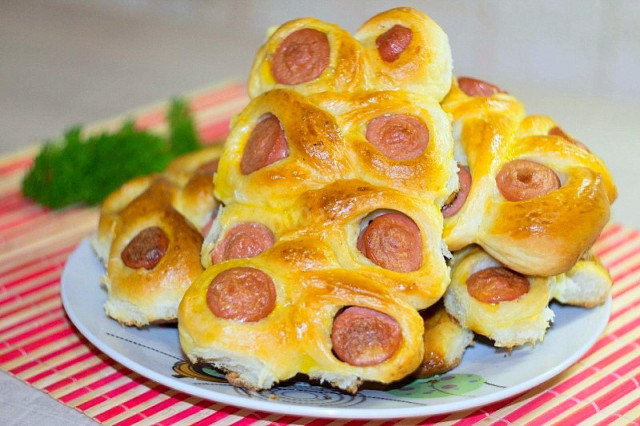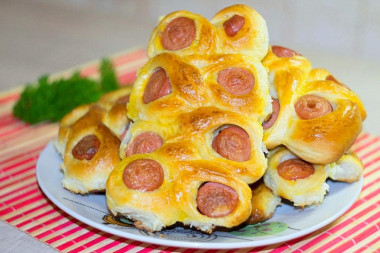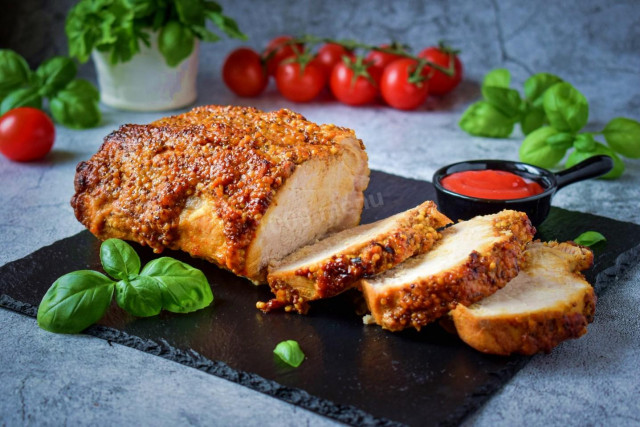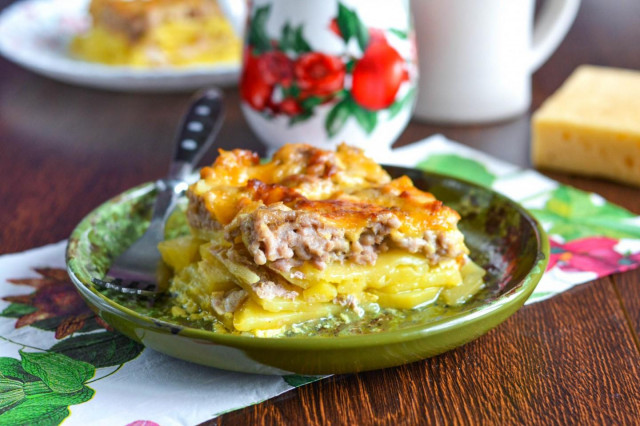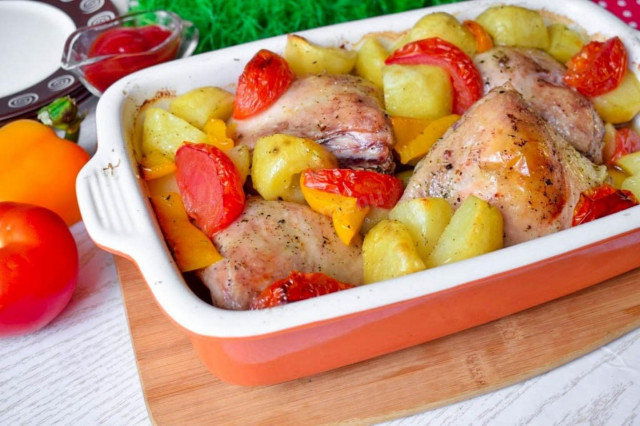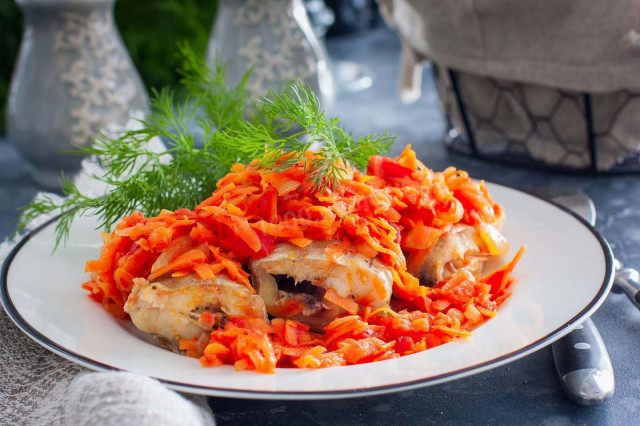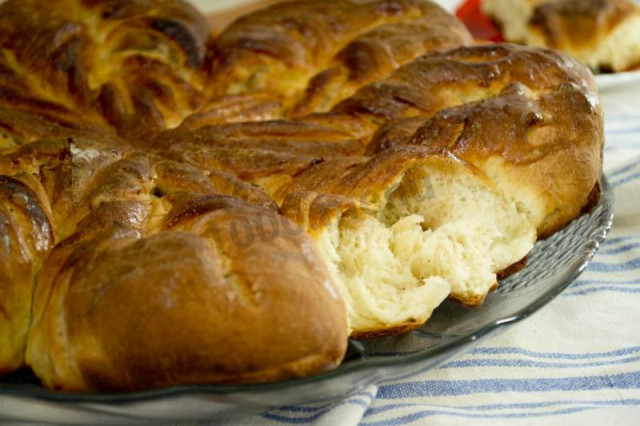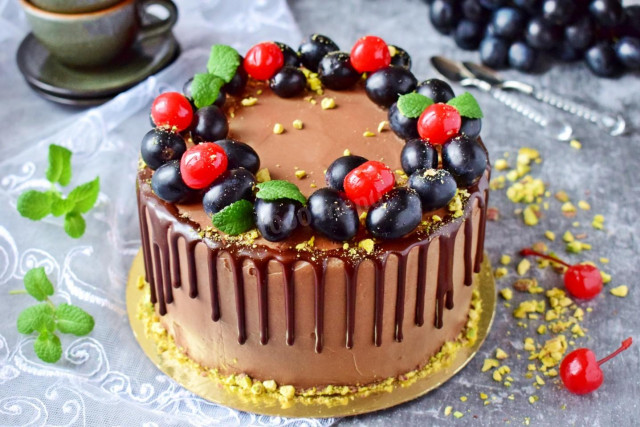Composition / ingredients
Step-by-step cooking
Step 1:
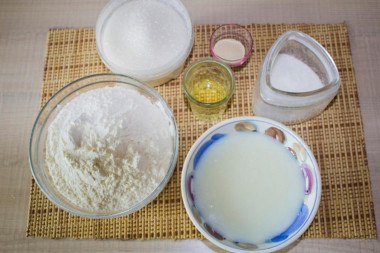
How to make sausage pies? Prepare the necessary ingredients for the dough. Take milk of any fat content. Sugar can be replaced with a sweetener that is not afraid of heat treatment. Don't forget to check the yeast activity.
Step 2:
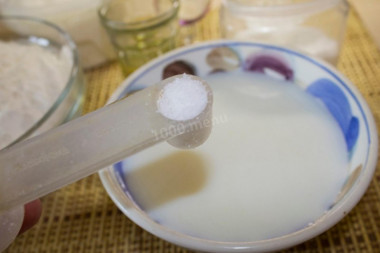
Pour the milk into a suitable bowl. Add salt to it.
Step 3:
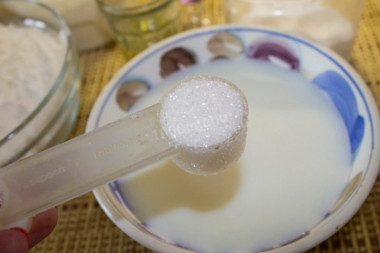
Pour sugar into the milk.
Step 4:
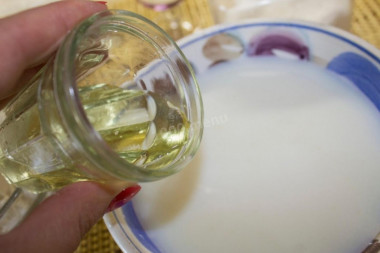
Pour vegetable oil into the milk and mix.
Step 5:
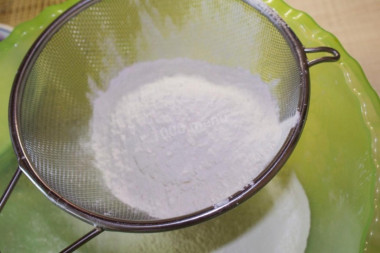
Sift wheat flour through a fine sieve to saturate it with oxygen. Then the pies will turn out more lush.
Step 6:
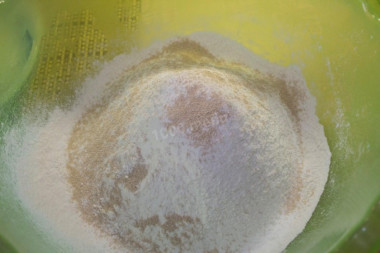
Add dry yeast to the flour and mix both mixtures.
Step 7:
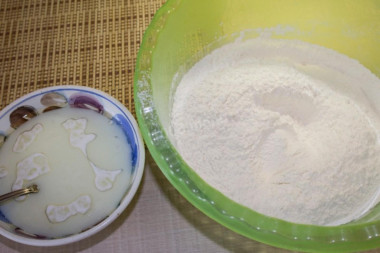
Now combine the dry and liquid ingredients together: milk and flour.
Step 8:
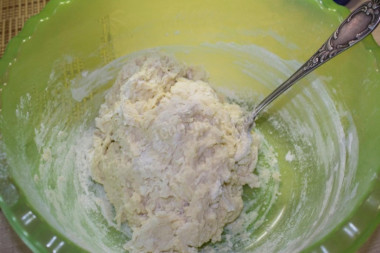
Add the flour mixture to the milk in parts, preferably with a spoon. And then knead the dough with your hands. Be guided by the consistency of the dough, not by the volume of flour. Remember that you may take more or less of it than I do.
Step 9:
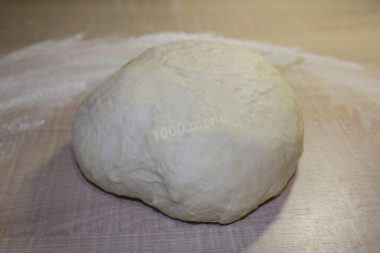
Knead the dough well for 10-15 minutes, then it will become smooth, even and elastic.
Step 10:
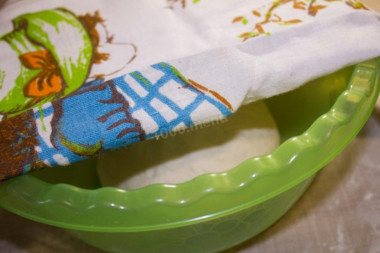
Cover the dough with a towel and put it in a warm place for about 1 hour. If your dough has not risen after an hour, let it stand for another hour until it rises.
Step 11:
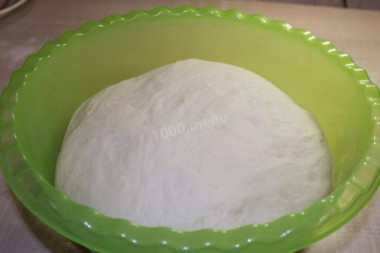
After an hour, my dough rose very well. That's what it looks like.
Step 12:
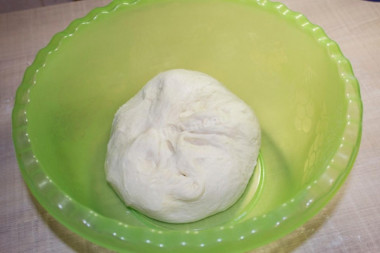
Start kneading and kneading the dough again. It should be elastic, smooth.
Step 13:
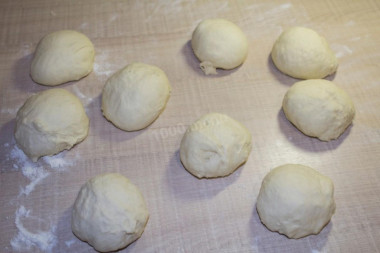
Divide the dough into equal parts according to the number of sausages (I divided into 9 parts).
Step 14:
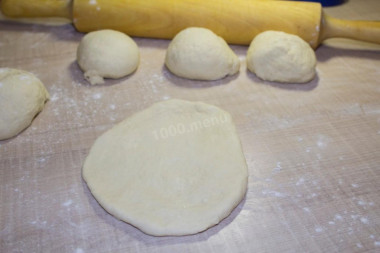
With your hands or a rolling pin, stretch or roll out each part into a round or oval cake.
Step 15:
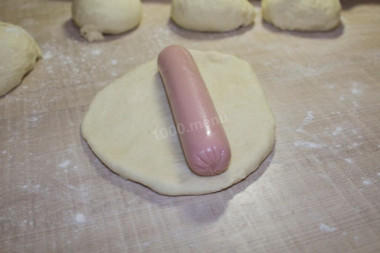
Remove the film from the sausages. Place a sausage on top of each tortilla.
Step 16:
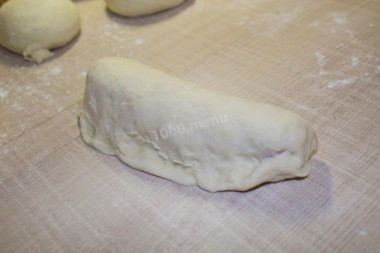
Fold the sausage dough in half and fasten the edges, forming an oval bun.
Step 17:
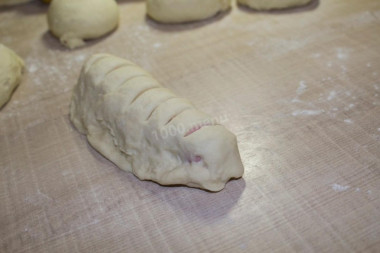
Now the main question is: how to make a sausage in the dough beautifully? And here's how: with a sharp knife, make 8 incisions on the bun. At the same time, cut the sausage too, but do not touch the lower part of the dough. Grease a baking sheet with vegetable oil. Transfer the pie to it.
Step 18:
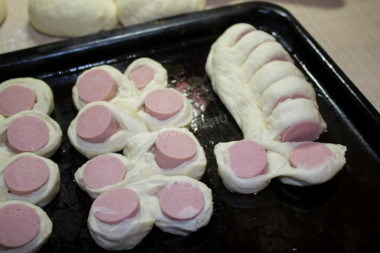
Then, in a staggered manner, begin to unfold the sausage directly on the baking sheet, as if separating the pieces surrounded by dough from it. Here's how it looks in the photo.
Step 19:
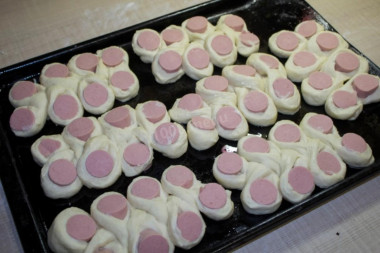
These are the caterpillar pies I got!
Step 20:
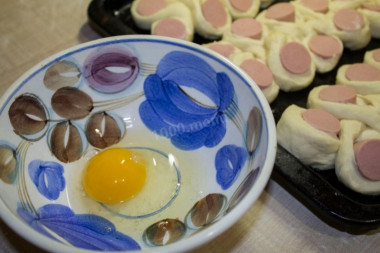
To lubricate the pies, drive a raw egg into a bowl and beat it with a fork.
Step 21:
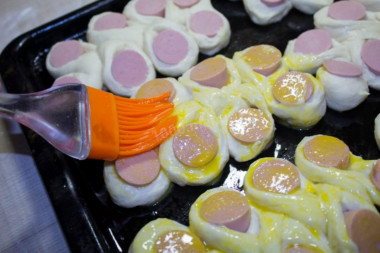
Brush each pie with beaten egg using a brush or brush. Leave the pies on the baking sheet for 15-20 minutes so that they rise a little more.
Step 22:
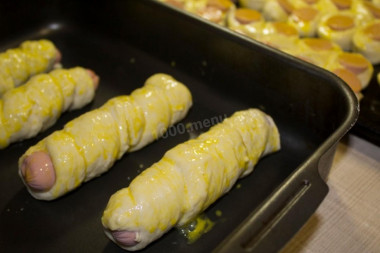
If you don't want to mess around with cooking curly sausages, you can just wrap each sausage with plates of dough. I made the rest of the pies exactly like this, classic sausages in dough.
Step 23:
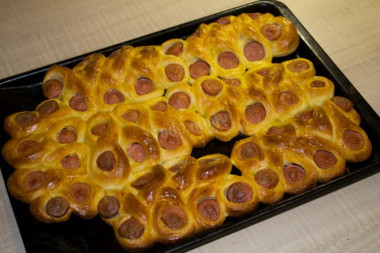
Bake the pies at 180 degrees for about 30 minutes until golden brown. Determine the exact time by your oven, you may have it more or less than mine.
Step 24:
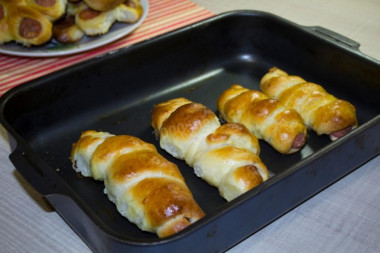
This is how my other pies look.
Step 25:
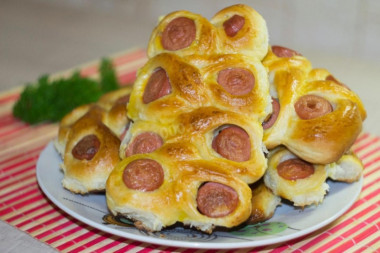
Bon appetit!
The liquid in which yeast is bred should be pleasant to the touch, no higher than 40 degrees. Why is this important? In a warm environment, yeast is well activated, in a hot one it will die, and in a cold one it simply will not work. To avoid unpleasant surprises, check the yeast before mixing with the rest of the ingredients. Pour a little warm milk into a bowl, stir in the yeast. Cover the bowl with a kitchen towel and put it in a warm place without drafts for 10-15 minutes. During this time, a foam yeast cap should appear on the surface of the sponge. If this did not happen, then the fermentation process has not started (the yeast is overdue or spoiled). In this case, it is worth taking other yeast, otherwise baking will not work.
Be prepared for the fact that flour may need more or less than indicated in the recipe. Focus not on the amount of flour, but on the desired consistency of the dough. To avoid mistakes, read about flour and its properties!
Keep in mind that everyone's ovens are different. The temperature and cooking time may differ from those specified in the recipe. To make any baked dish successful, use useful information about the features of ovens !
Caloric content of the products possible in the composition of the dish
- Whole cow's milk - 68 kcal/100g
- Milk 3.5% fat content - 64 kcal/100g
- Milk 3.2% fat content - 60 kcal/100g
- Milk 1.5% fat content - 47 kcal/100g
- Concentrated milk 7.5% fat content - 140 kcal/100g
- Milk 2.5% fat content - 54 kcal/100g
- Granulated sugar - 398 kcal/100g
- Sugar - 398 kcal/100g
- Vegetable oil - 873 kcal/100g
- Milk sausages - 266 kcal/100g
- Sausages "Russian" - 243 kcal/100g
- Pork sausages - 324 kcal/100g
- Canned sausages - 228 kcal/100g
- Wheat flour - 325 kcal/100g
- Chicken egg - 80 kcal/100g
- Table salt - 0 kcal/100g
- Dry yeast - 410 kcal/100g

